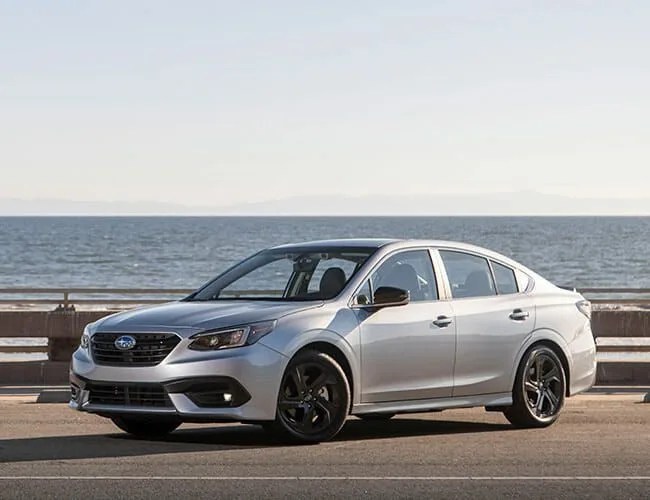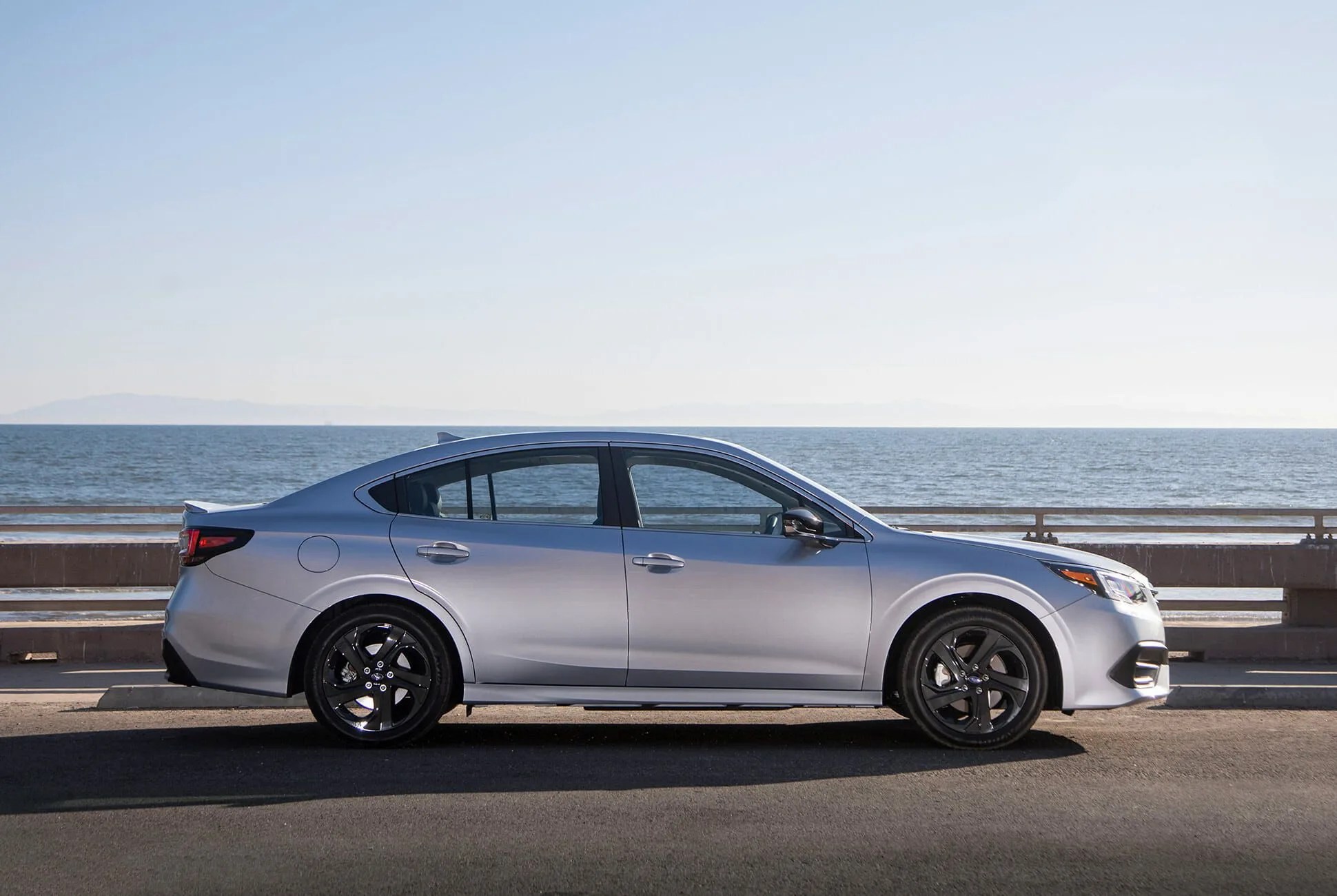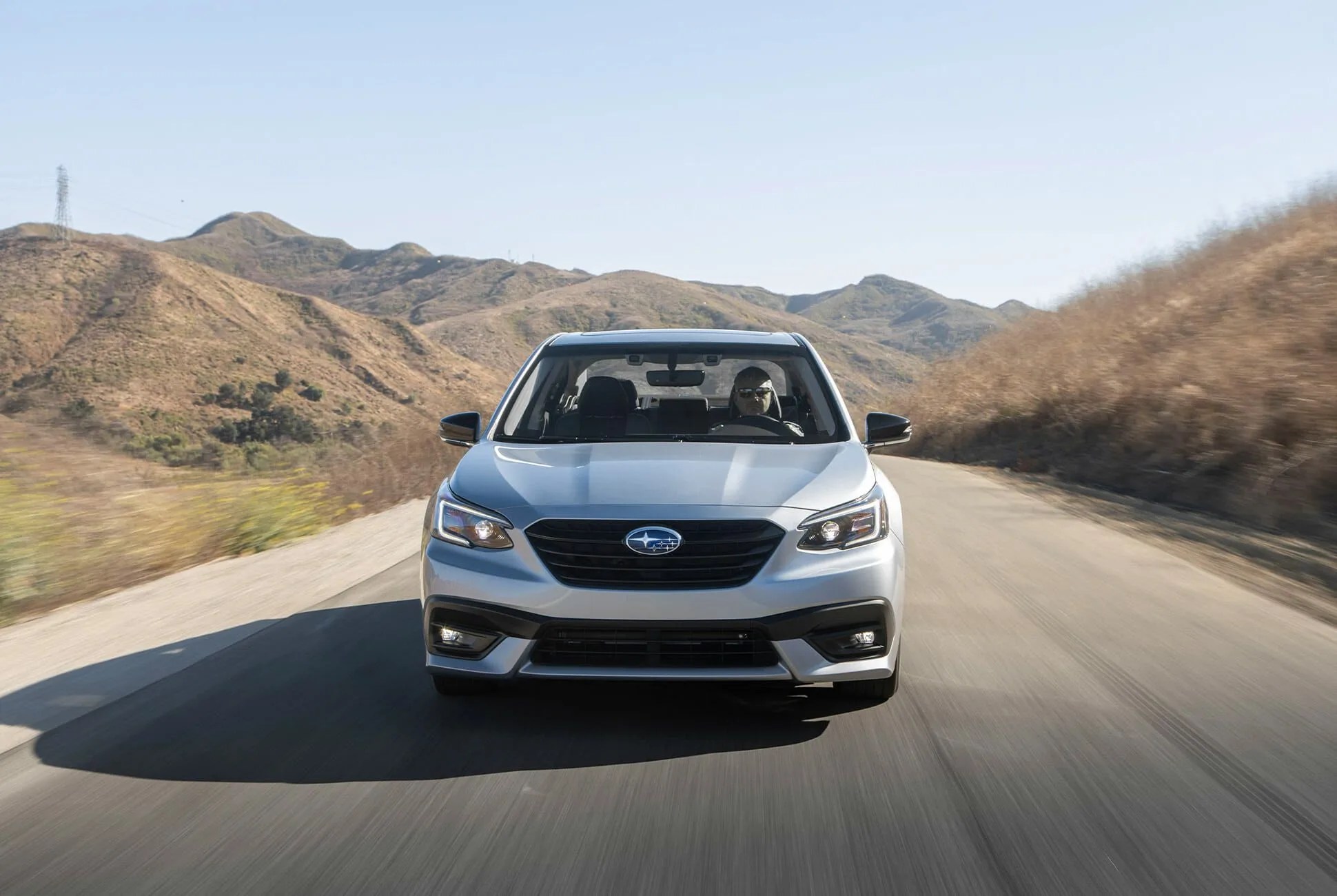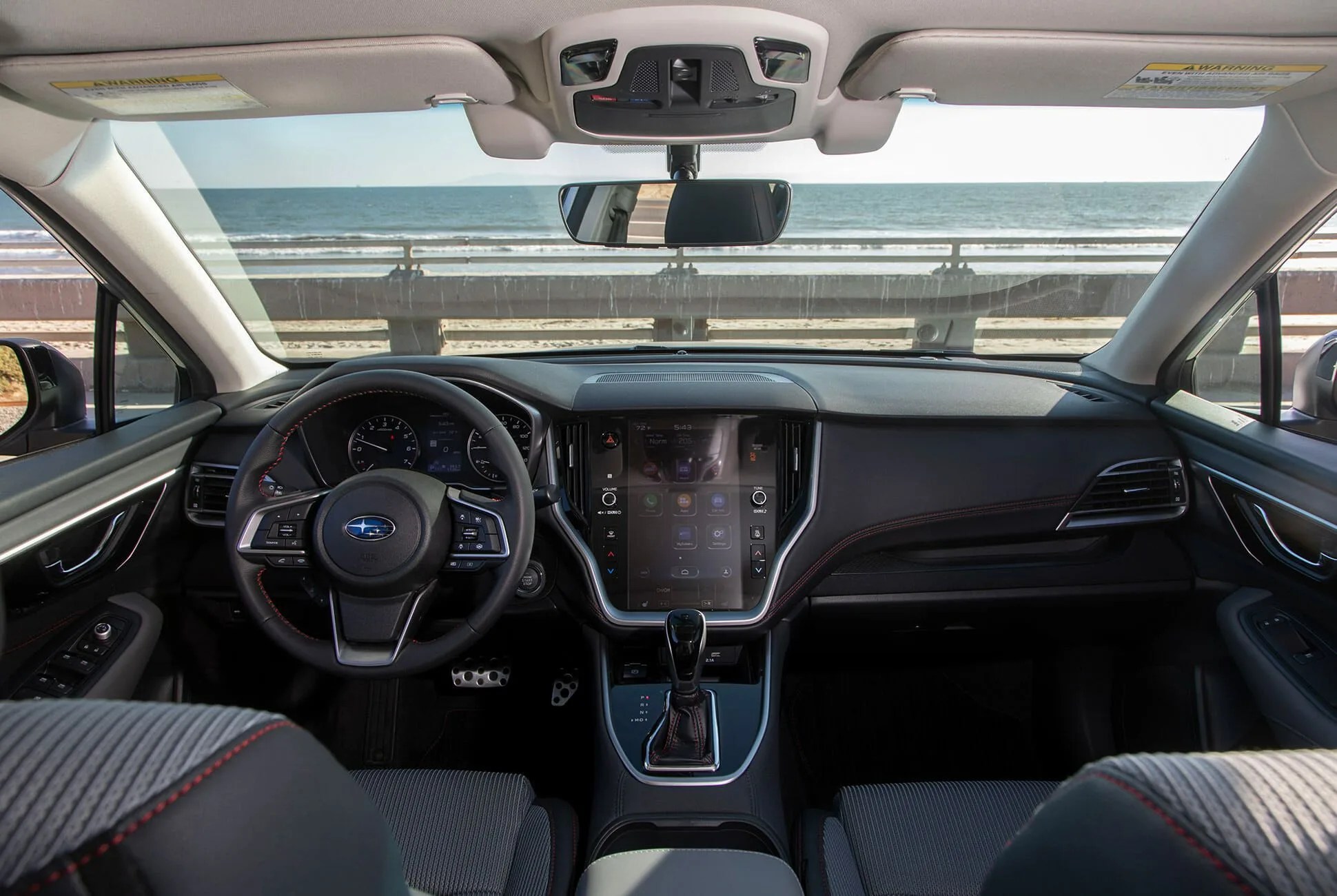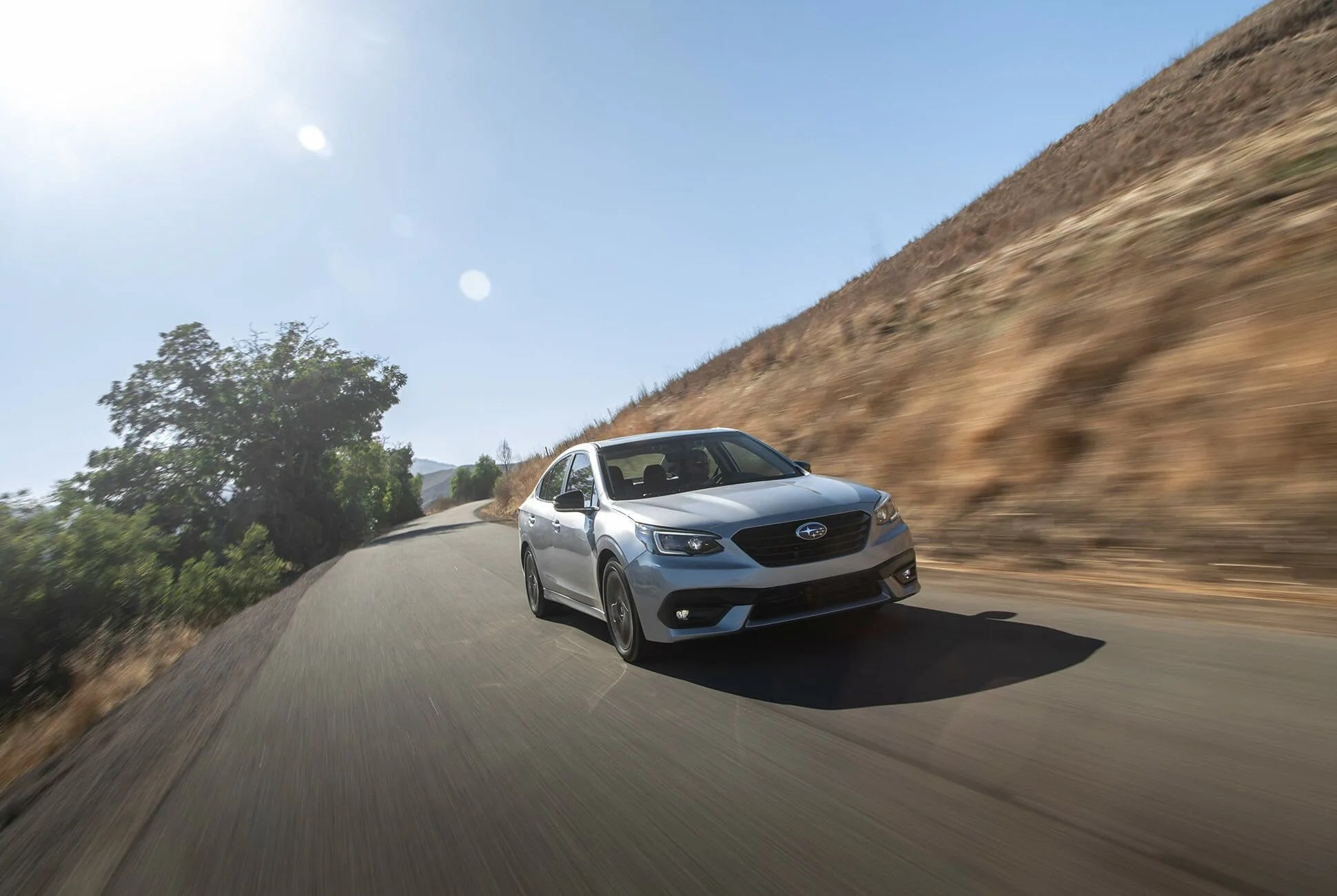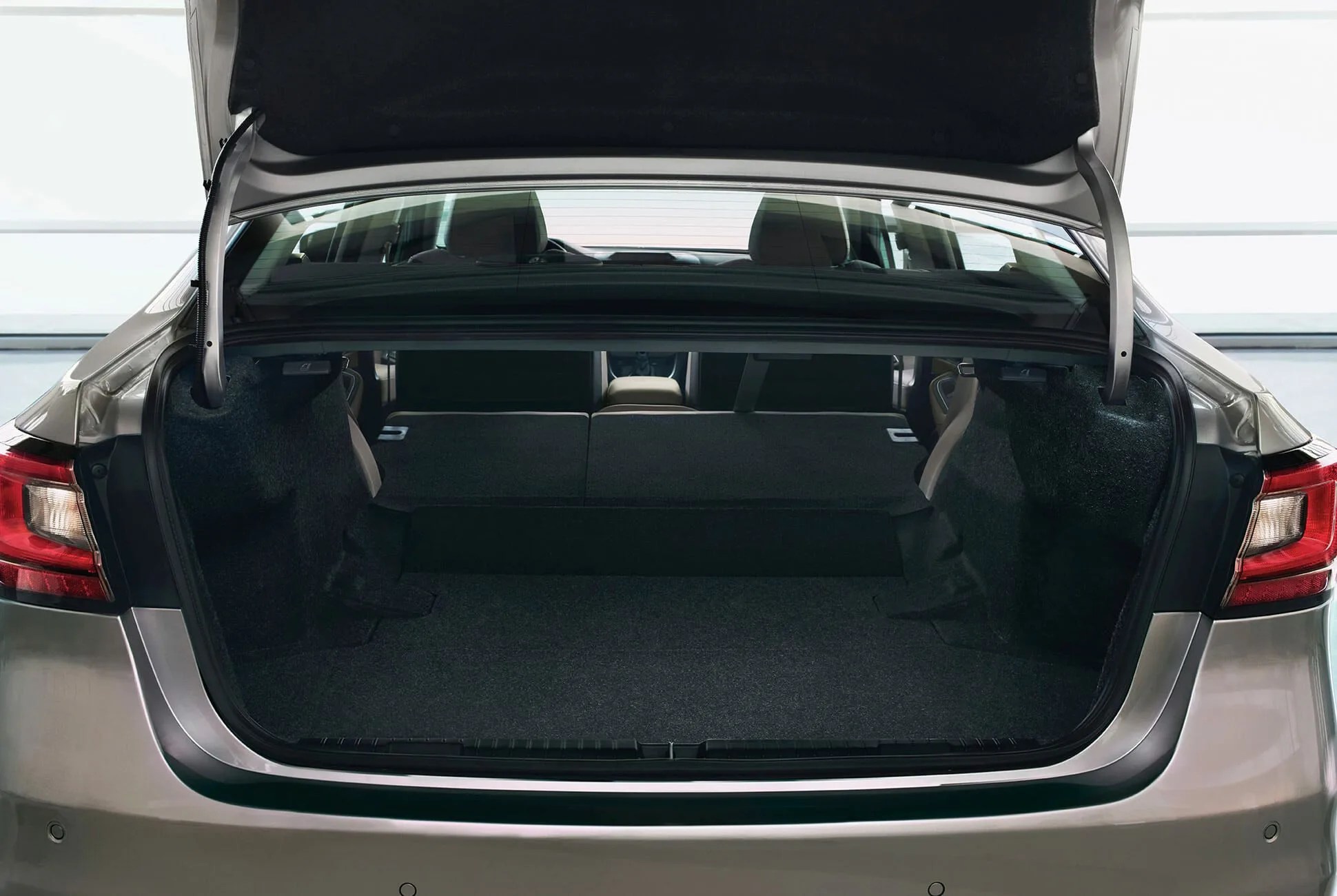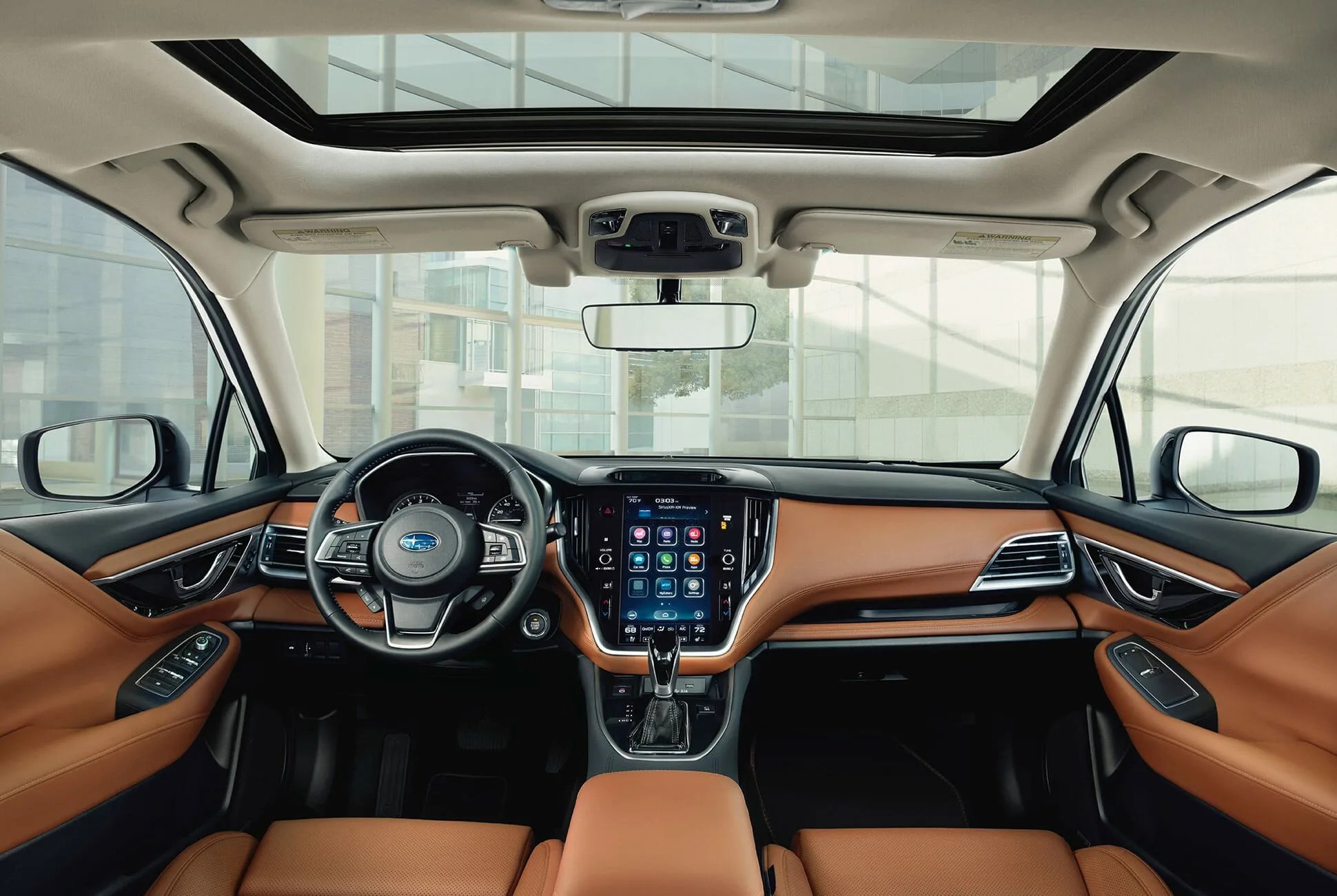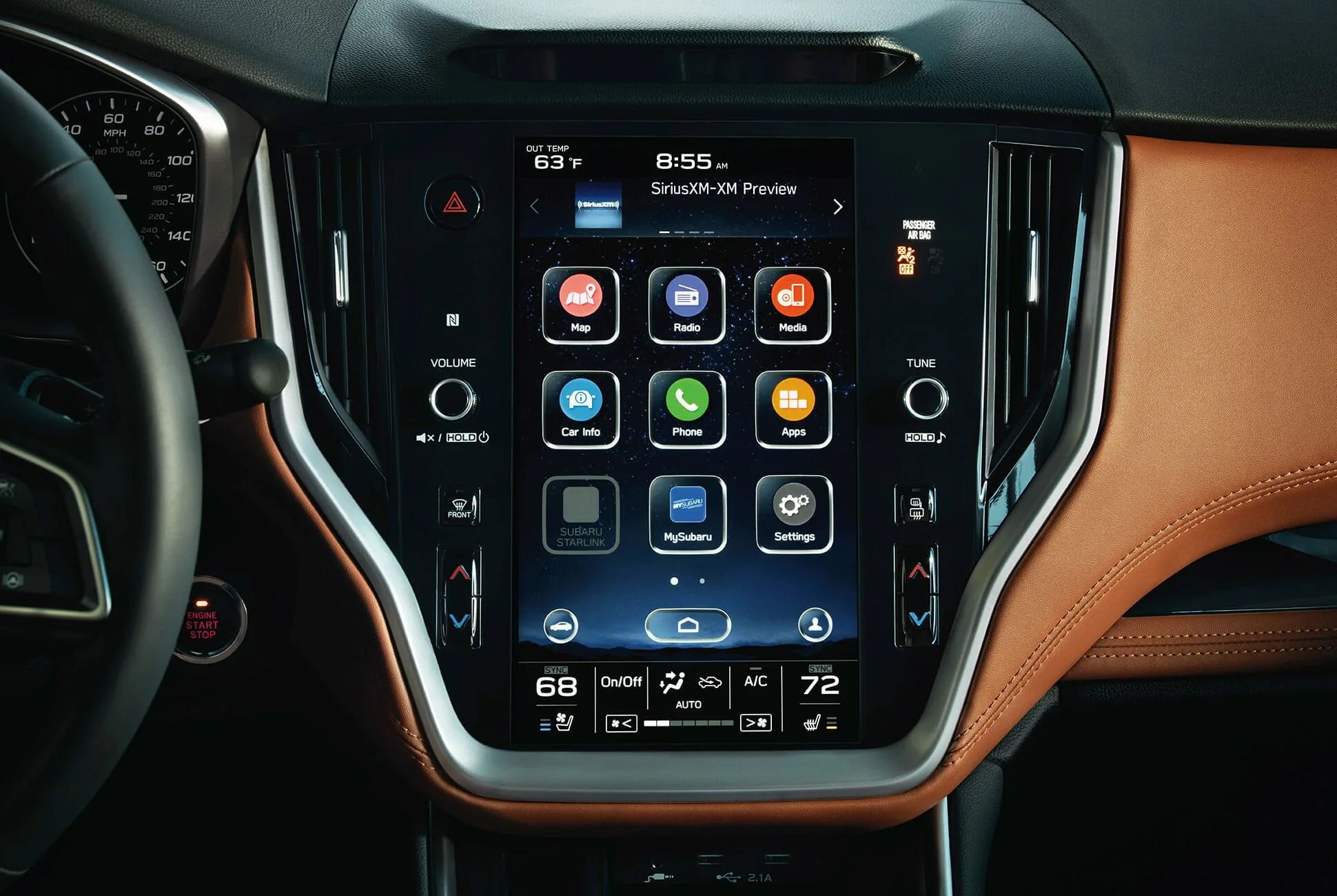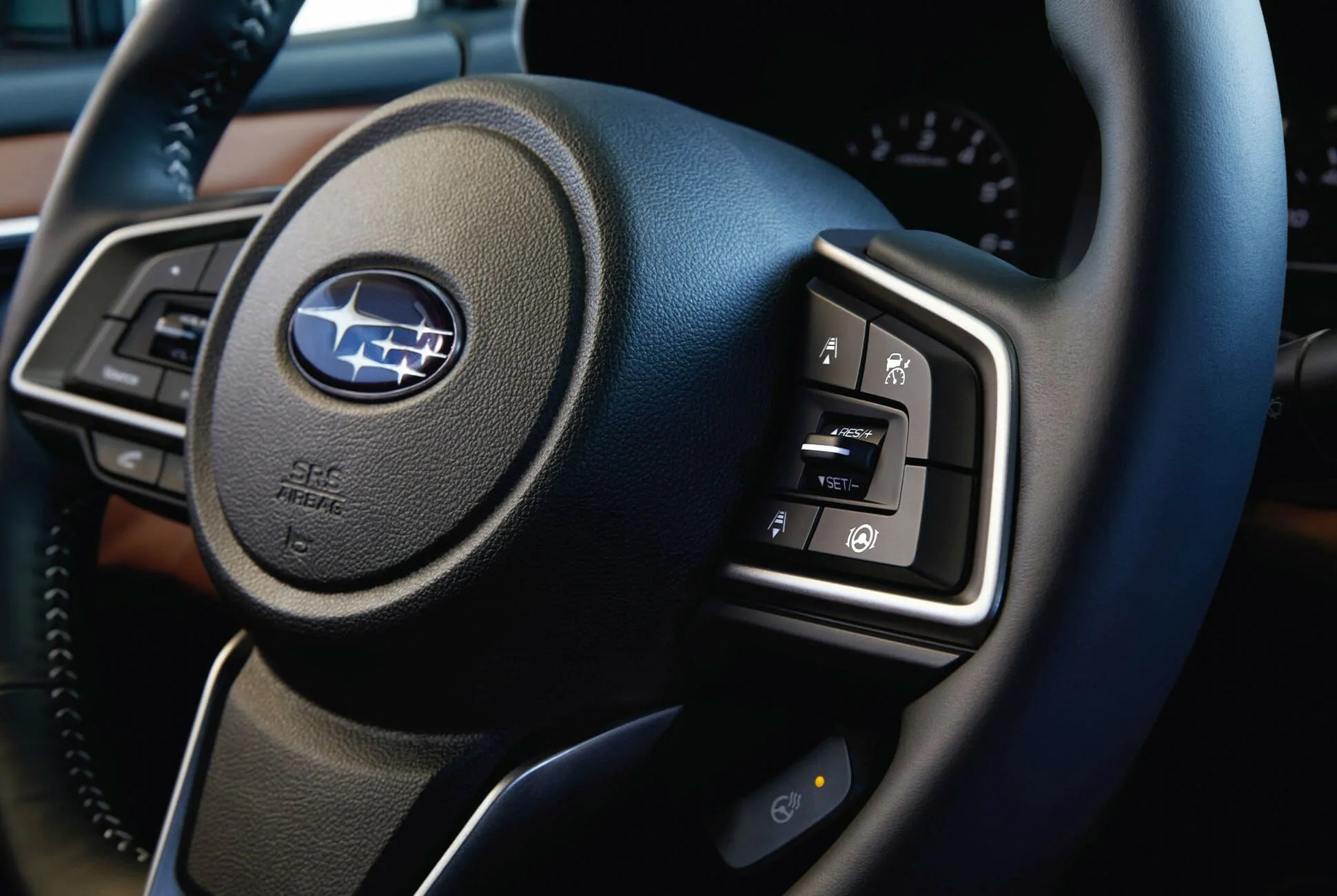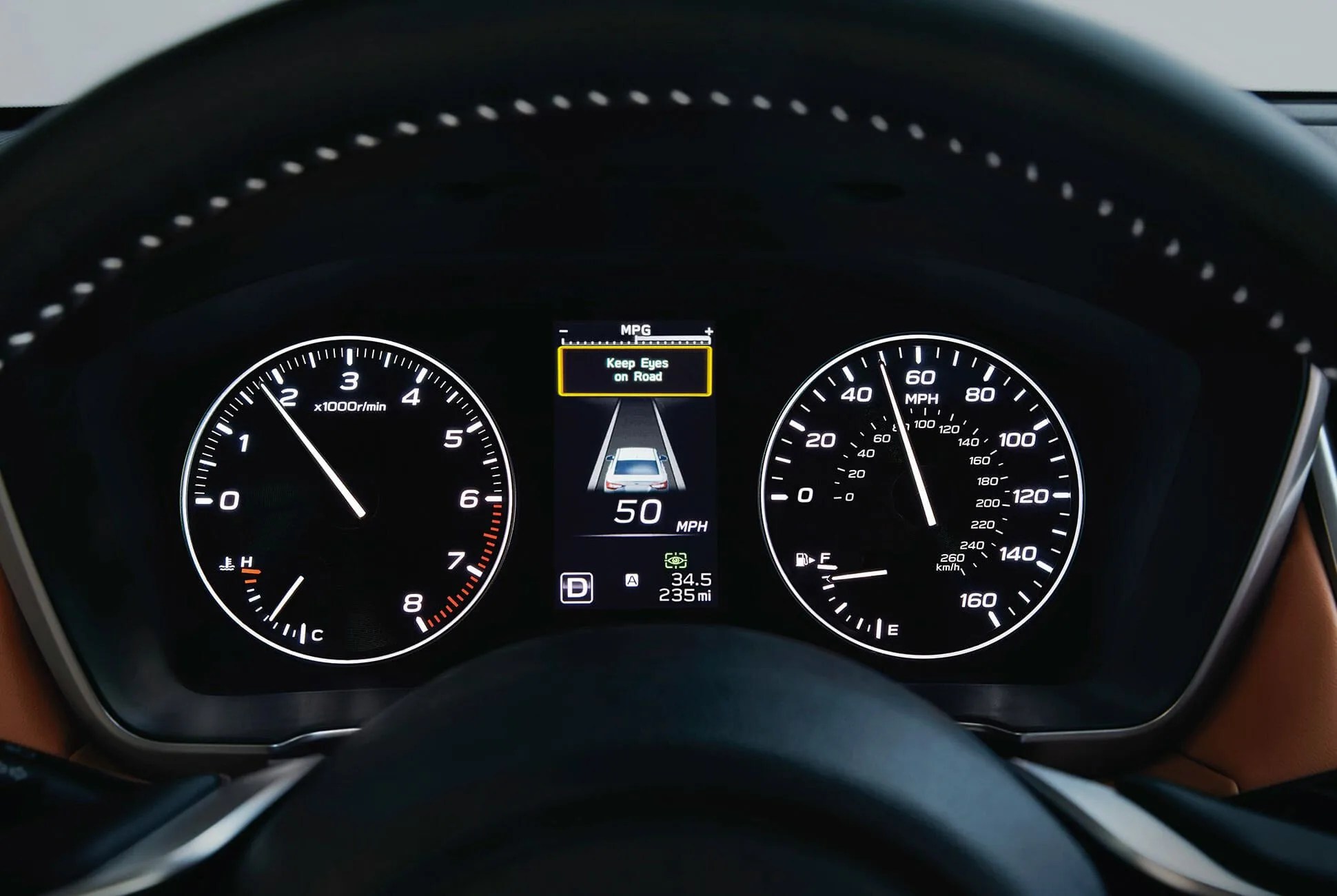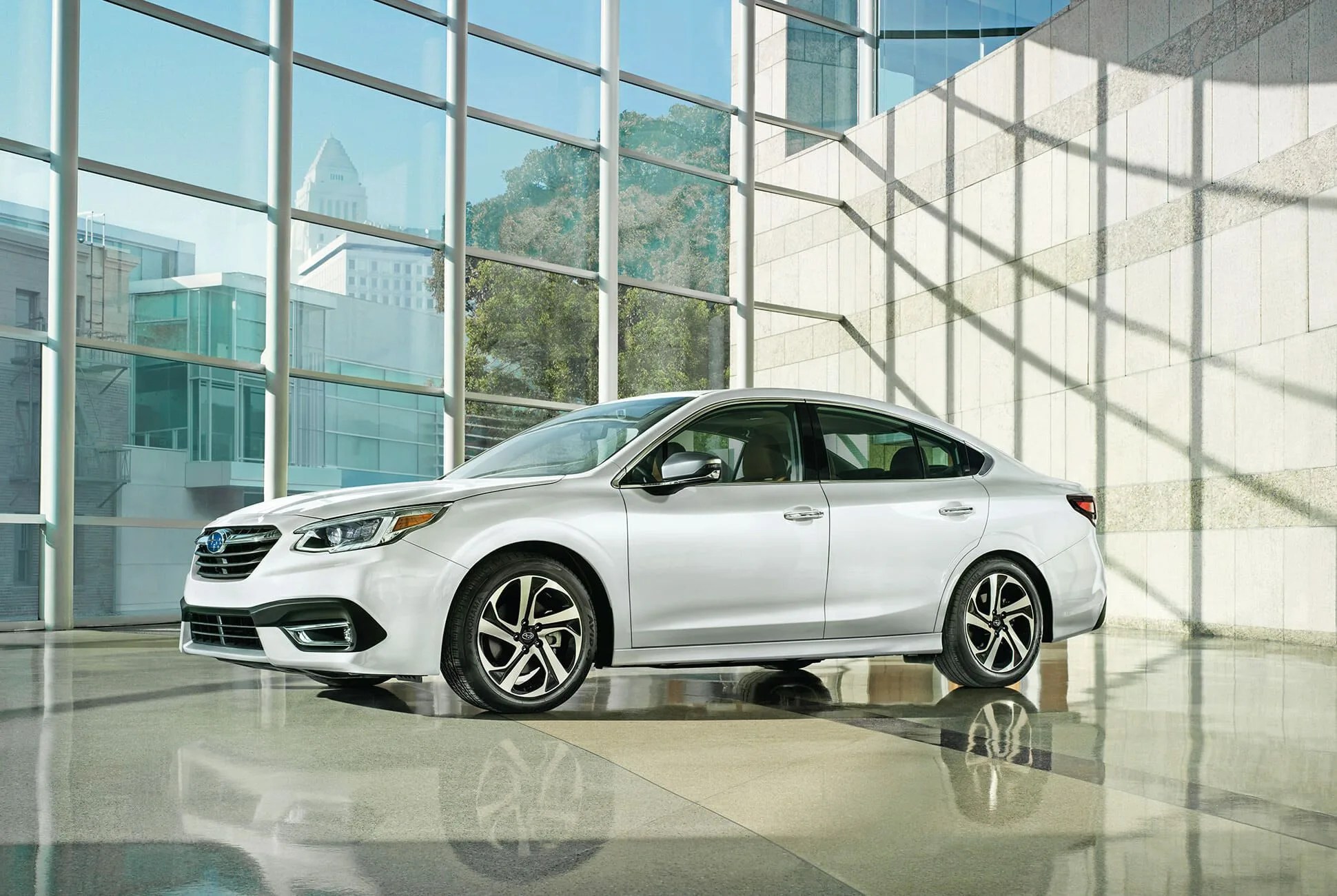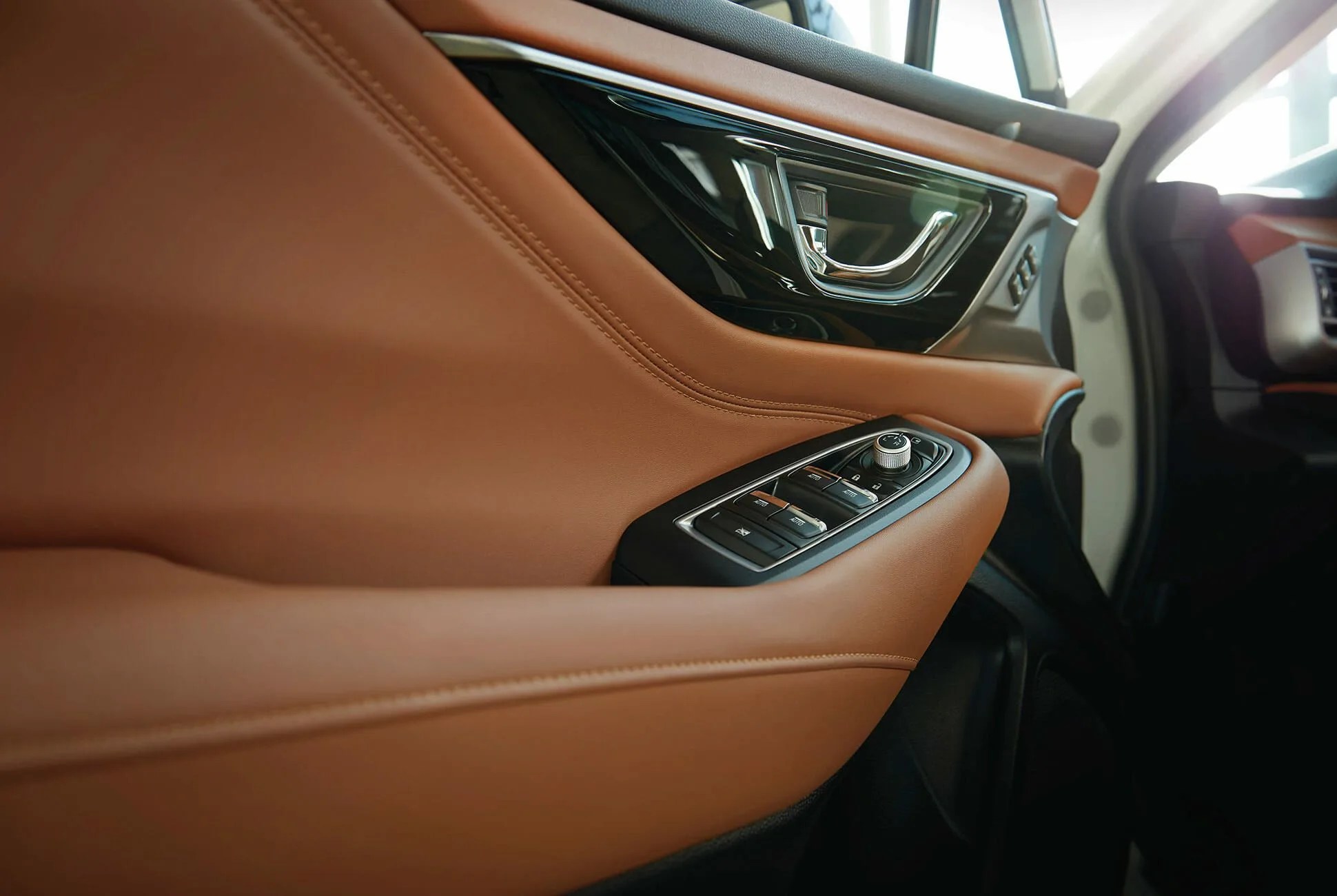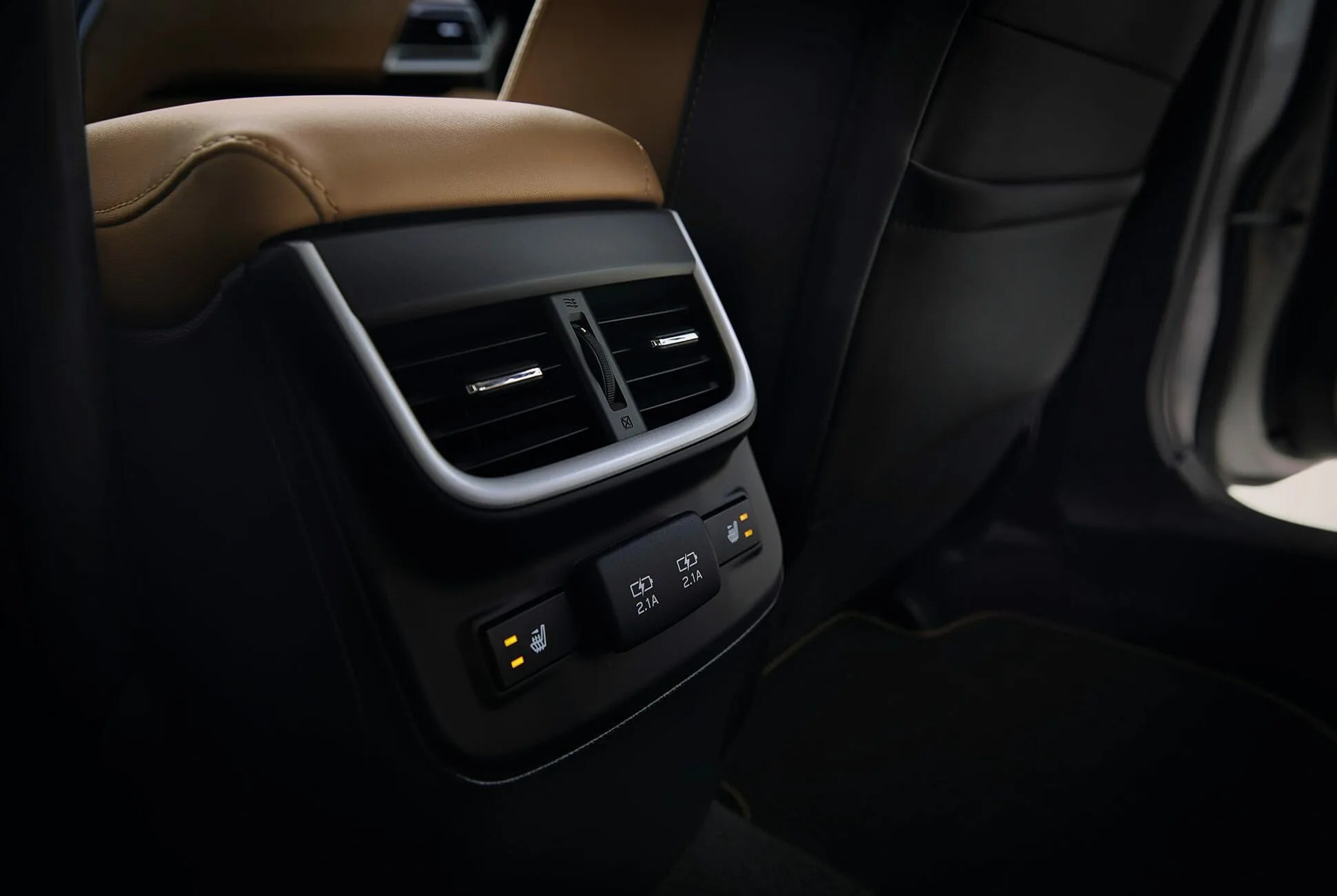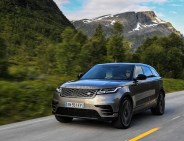6 photos
Not all that long ago, Subaru was known for being the purveyor of cars that managed to be both safe and fun. Models from the compact Impreza to the Outback and Forester all served up a surprising amount of playful behavior — a result, to some degree, of the brand’s long rallying history. But these days, apart from the pair of abbreviative-named outliers known as BRZ and WRX, Subaru’s true north has moved more in the safe, family-friendly direction, away from the dynamic joy that once helped define it.
The new Legacy — which shares its bones, muscles, and most of its skin with the equally-new Outback — has all the specs and cred to be a leading contender in the family sedan realm. Yet a week behind the wheel found this new Japanese-designed, Hoosier-made four-door to be many things…just not the things old-school Subie lovers might want it to be.
It may be turbocharged, but this is no sporty Subie.
Years, Subaru sold the Legacy GT — a midsize family sedan with a 2.5-liter turbocharged flat-four making between 250 and 265 horses that delighted drivers with its engaging, playful handling and peppy motor. The Legacy XT models on sale today also boast a turbocharged boxer-four (the 2.4-liter unit first seen in the Ascent), but in spite of 260 horses and 277 pound-feet of torque, the new car is anything but sporty. The steering is as loose, soft and slow as what you’d find in an SUV, with a large dead spot on center; the suspension, meanwhile, seems designed to serve up Lincolnian levels of softness instead of BMW-like balance.
The continuously-variable transmission’s reluctance to let the engine rev without a hearty jump on the gas means it feels grandmotherly-slow in everyday driving. Push hard enough into the throttle, however, and the revs finally jump and push the engine into full turbo boost, slinging you forward with a force the previous few inches of pedal travel leave you unprepared for. It feels like an attempt to make the car feel faster than it is, when in reality, it simply makes acceleration less predictable. And yes, before you ask, that CVT is the only transmission you can have.
